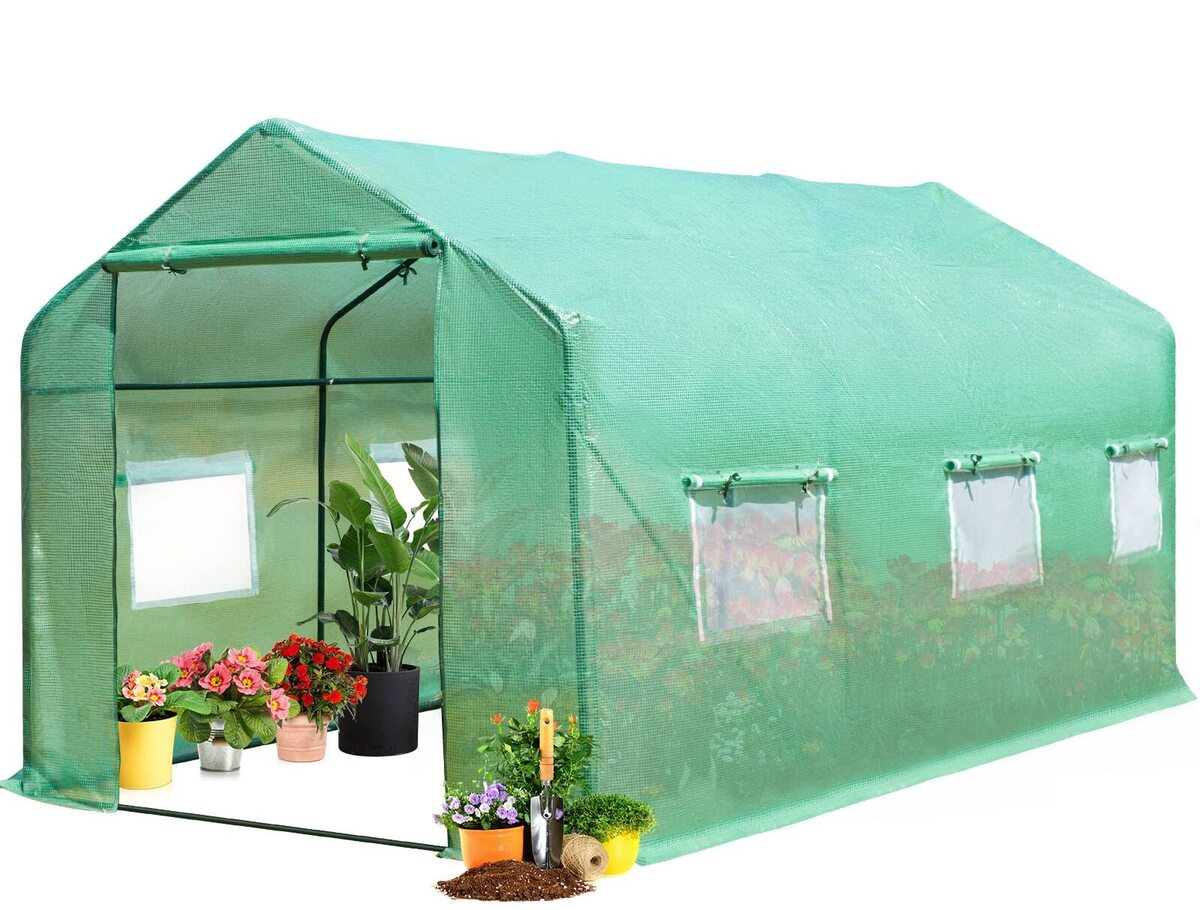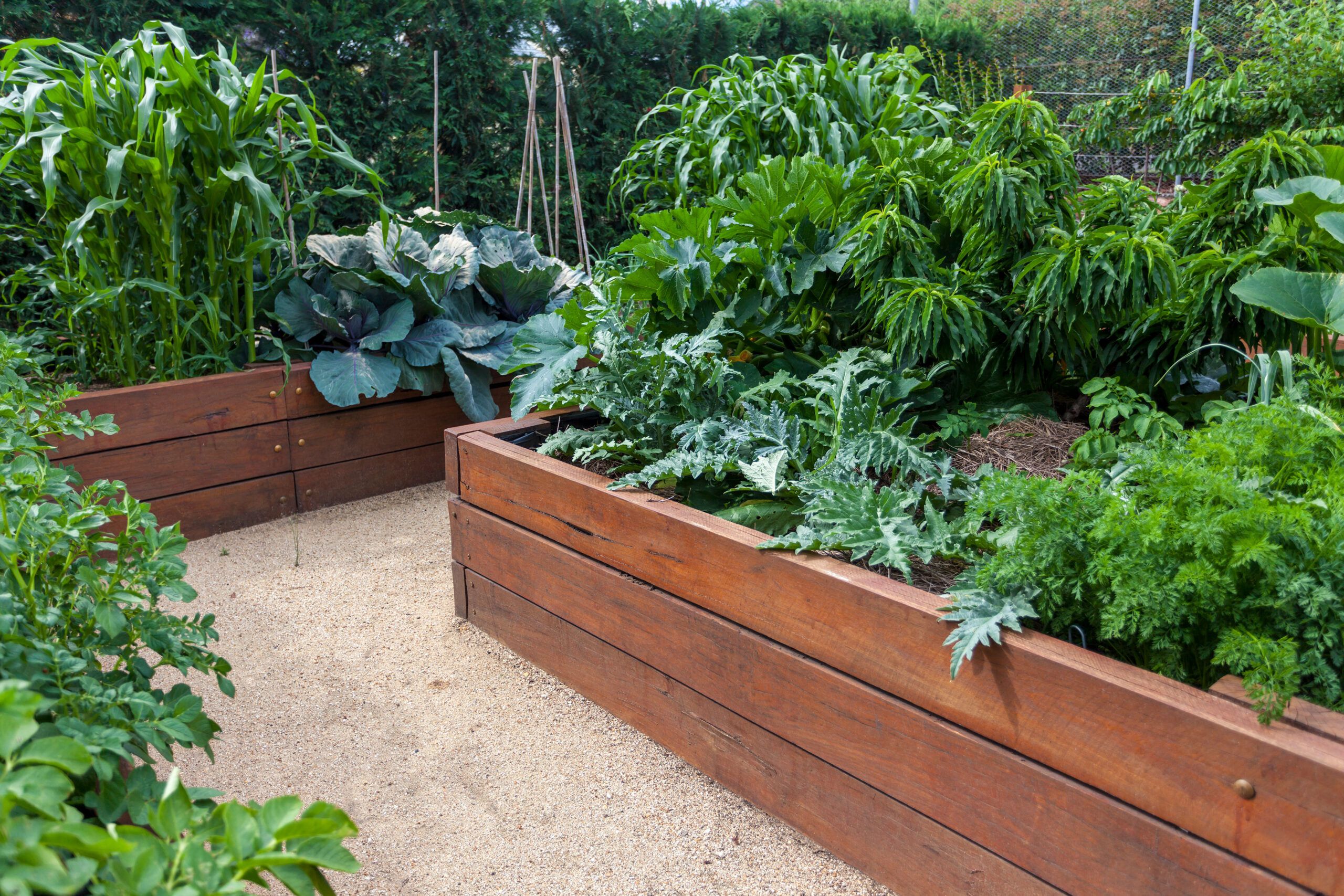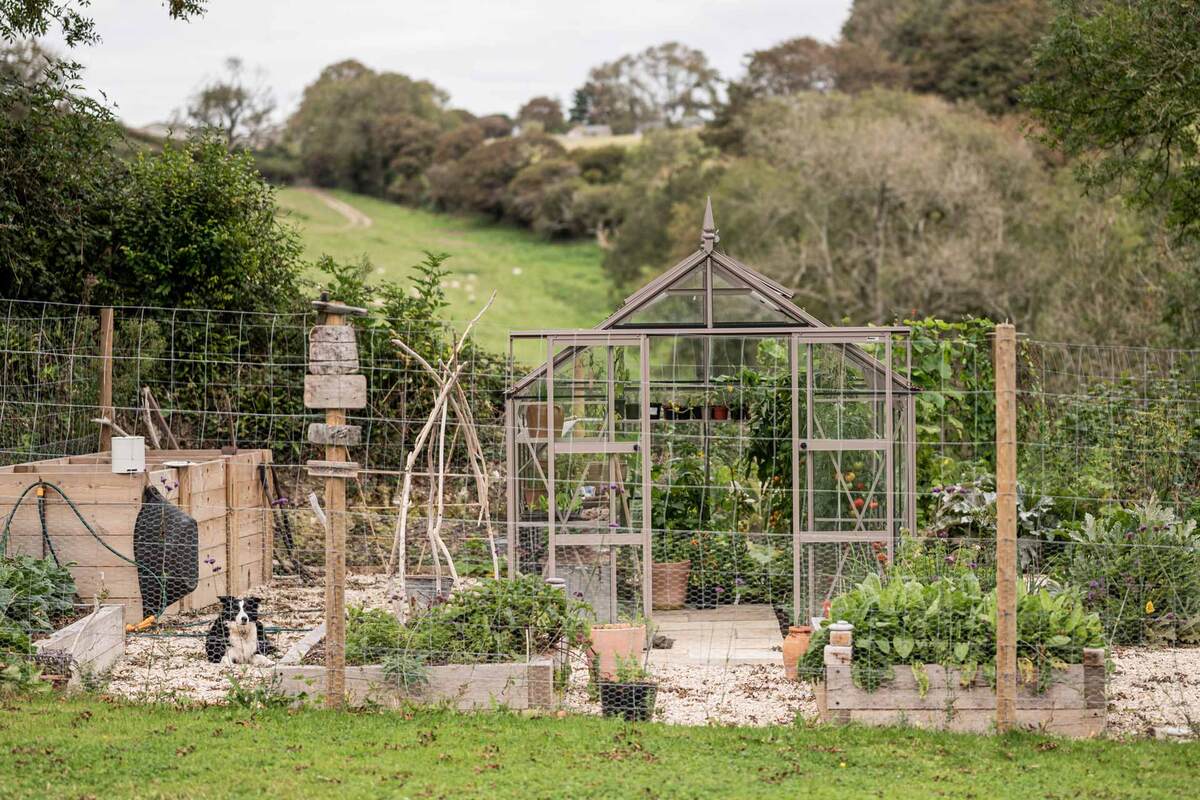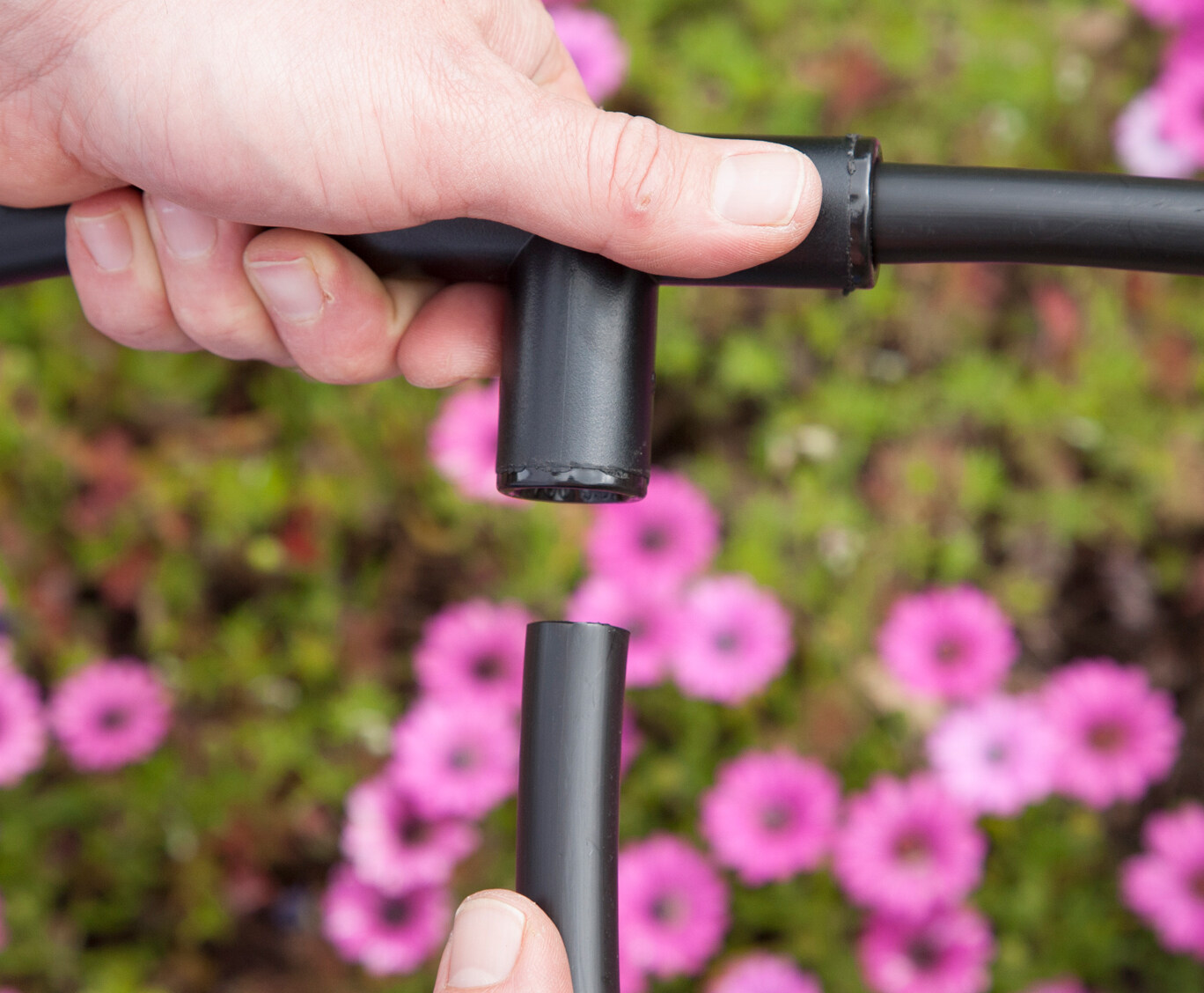Home>Gardening Basics>Understanding Soil>How Much Soil For A 4X8 Raised Bed


Understanding Soil
How Much Soil For A 4X8 Raised Bed
Modified: February 10, 2024
Discover the essentials of understanding soil for your 4X8 raised bed. Learn how much soil you need and tips for optimal gardening success.
(Many of the links in this article redirect to a specific reviewed product. Your purchase of these products through affiliate links helps to generate commission for Chicagolandgardening.com, at no extra cost. Learn more)
Table of Contents
Introduction
When it comes to gardening, creating a raised bed is a popular choice for many gardeners. Raised beds provide several advantages, such as improved soil drainage, better control over soil quality, and reduced weed growth. However, one common question that arises when planning a raised bed is, “How much soil do I need?”
The amount of soil required for a raised bed depends on its size, depth, and the type of plants you intend to grow. Having the right amount of soil is crucial for the health and productivity of your plants. Too little soil can restrict root growth, while too much soil can lead to poor drainage and waterlogging.
In this article, we will discuss the factors to consider when determining the amount of soil needed for a 4×8 raised bed and explore different methods to calculate the soil volume. Whether you are a seasoned gardener or a beginner, understanding the soil requirements for your raised bed will help you plan and prepare effectively.
Before we delve into the calculation methods, let’s consider a few important factors that will influence the amount of soil you need. These factors include the desired depth of the raised bed, the type of plants you wish to grow, and the soil’s composition and structure.
Factors to Consider
Before calculating the amount of soil needed for your 4×8 raised bed, it is essential to consider a few factors that can impact the soil requirements. These factors include:
1. Desired Depth: The depth of your raised bed will determine the amount of soil needed. Generally, a depth of at least 8-12 inches is recommended for most vegetable and flower gardens. However, if you plan to grow plants with deep roots, such as carrots or potatoes, a deeper bed may be necessary.
2. Type of Plants: Different plants have different root structures and space requirements. For example, shallow-rooted plants like lettuce and herbs require less soil depth, while plants with deeper roots, such as tomatoes or peppers, need a deeper layer of soil. Consider the types of plants you wish to grow and their specific soil depth requirements.
3. Soil Composition and Structure: The quality of the existing soil in your raised bed can affect the amount of additional soil needed. If the existing soil is fertile, well-draining, and nutrient-rich, you may require less additional soil. However, if the soil is poor in quality, heavy clay, or sandy, you may need to add a significant amount of soil to improve the growing conditions.
4. Soil Settling: Over time, the soil in your raised bed will naturally settle and compact. To account for this settling, it is advisable to initially overfill your raised bed with soil. This way, as the soil settles, it will still provide sufficient depth for plant roots.
By taking these factors into consideration, you can determine the appropriate amount of soil needed for your 4×8 raised bed. Now, let’s explore different methods to calculate the soil volume accurately.
Calculating Soil Volume
To calculate the soil volume required for your 4×8 raised bed, there are several methods you can consider. The three most common methods are:
- Method 1: Using Depth Recommendation: This method relies on the recommended depth for your raised bed. As mentioned earlier, an ideal depth is 8-12 inches for most plants. To calculate the soil volume, multiply the length (4 feet) by the width (8 feet) by the depth (in feet). For example, if your desired depth is 10 inches, convert it to feet by dividing 10 by 12 (0.83 feet). The calculation would be: 4 x 8 x 0.83 = 26.56 cubic feet of soil.
- Method 2: Calculating by Cubic Feet: In this method, you directly calculate the soil volume in cubic feet without relying on recommended depths. Measure the length, width, and desired depth of your raised bed in feet. Multiply these three dimensions to find the soil volume. For example, if your raised bed measures 4×8 feet with a depth of 10 inches, the calculation would be: 4 x 8 x 0.83 = 26.56 cubic feet of soil.
- Method 3: Calculating by Cubic Yards: If you prefer to work with cubic yards, this method may be suitable. To calculate the soil volume, divide the cubic feet obtained from the previous methods by 27 (since there are 27 cubic feet in a cubic yard). For instance, if you have calculated the soil volume as 26.56 cubic feet, the calculation would be: 26.56 ÷ 27 = 0.98 cubic yards of soil.
Remember to round up your calculations to ensure you have enough soil for your raised bed. Additionally, it’s always a good idea to have a bit of extra soil on hand for future amendments or topdressing.
Method 1: Using Depth Recommendation
Method 1 for calculating the soil volume for a 4×8 raised bed utilizes the recommended depth for optimal plant growth. By following this method, you can ensure that your plants have sufficient soil depth to establish healthy root systems. Here’s how to calculate the soil volume using this method:
- Measure the length and width of your raised bed. In this case, it is 4×8 feet.
- Determine the desired depth for your raised bed. The recommended depth typically ranges between 8 to 12 inches, depending on the plants you are planning to grow.
- Convert the desired depth from inches to feet. Since 1 foot is equal to 12 inches, divide the desired depth by 12. For example, if the desired depth is 10 inches, it is equivalent to 10/12 or 0.83 feet.
- Multiply the length (4 feet), width (8 feet), and converted depth (0.83 feet) together. For instance, the calculation would be: 4 x 8 x 0.83 = 26.56 cubic feet of soil.
In this example, you would need approximately 26.56 cubic feet of soil to fill your 4×8 raised bed to the recommended depth of 10 inches. Round up the final figure to ensure you have enough soil for your raised bed.
Using the recommended depth as a reference ensures that your plants have enough soil to establish strong root systems. Deeper-rooted plants such as tomatoes or peppers may benefit from a greater depth, while shallow-rooted plants like lettuce or herbs may require less soil volume.
Remember that the actual amount of soil you need may vary depending on certain factors such as soil settling, amendments, and topdressing. Having a slightly larger volume of soil than the calculated amount is advisable to account for these additional requirements and future gardening needs.
Method 2: Calculating by Cubic Feet
Method 2 for calculating the soil volume for a 4×8 raised bed involves directly calculating the soil volume in cubic feet without relying on recommended depths. This method allows for more flexibility in determining the specific depth of your raised bed. Here’s how to calculate the soil volume using this method:
- Measure the length and width of your raised bed. In this case, it is 4×8 feet.
- Determine the desired depth for your raised bed. This can be any depth you prefer, depending on the specific needs of your plants or personal preference.
- Convert the desired depth to feet. For example, if the desired depth is 10 inches, divide it by 12 to get the equivalent in feet. This would be 10/12 or 0.83 feet.
- Multiply the length (4 feet), width (8 feet), and the converted depth together. For instance, if the desired depth is 10 inches, the calculation would be: 4 x 8 x 0.83 = 26.56 cubic feet of soil.
In this example, you would need approximately 26.56 cubic feet of soil to fill your 4×8 raised bed to a depth of 10 inches. By directly calculating the soil volume in cubic feet, you have the flexibility to choose any desired depth for your raised bed.
This method allows you to customize the soil volume based on the specific requirements of the plants you want to grow. Deep-rooted plants may benefit from a deeper bed, while shallow-rooted plants may not require as much soil depth. Adjusting the depth accordingly will help provide an optimal growing environment.
Keep in mind that the calculated soil volume is an estimate. Factors such as settling, amendments, and topdressing can affect the final amount of soil needed. It is always a good idea to have a little extra soil on hand to account for these factors and for future gardening needs.
Method 3: Calculating by Cubic Yards
Method 3 for calculating the soil volume for a 4×8 raised bed involves converting the calculated cubic feet into cubic yards. This method is useful if you prefer to work with cubic yards or if you are ordering soil from a supplier that measures in cubic yards. Here’s how to calculate the soil volume using this method:
- Calculate the soil volume in cubic feet using Method 1 or Method 2. For example, let’s assume the calculated soil volume is 26.56 cubic feet.
- Divide the soil volume in cubic feet by 27, as there are 27 cubic feet in a cubic yard. In this case, the calculation would be: 26.56 ÷ 27 = 0.98 cubic yards of soil.
In this example, you would need approximately 0.98 cubic yards of soil to fill your 4×8 raised bed to the desired depth. By converting the soil volume from cubic feet to cubic yards, you can easily communicate your soil order to suppliers who measure and sell soil in cubic yards.
It is important to note that when ordering soil from a supplier, they may have a minimum order requirement or a specific unit of measurement they use. Confirm with the supplier to ensure you are ordering the correct amount of soil for your raised bed.
Remember that the calculated soil volume is an estimate and may vary based on factors such as soil settling and amendments. Having slightly more soil on hand than the calculated amount is always a good idea, as it allows for adjustments and future gardening needs.
Conclusion
Calculating the appropriate soil volume for your 4×8 raised bed is crucial for successful gardening. By considering factors such as desired depth, plant types, and soil composition, you can determine the amount of soil needed to provide optimal growing conditions for your plants.
There are three common methods for calculating soil volume: using depth recommendations, calculating by cubic feet, and converting to cubic yards. Each method offers flexibility and allows you to tailor the soil volume to meet the specific needs of your plants.
Using the recommended depth as a reference provides a standard guideline for most plants, while calculating by cubic feet or converting to cubic yards allows for more customization. It is important to consider the individual requirements of your plants, taking into account their root depth and space needs.
When calculating the soil volume, it is advisable to round up to ensure you have enough soil for the raised bed. Additionally, allowing for a small buffer will accommodate for settling and future amendments or topdressing.
Remember to source high-quality soil for your raised bed, whether through purchasing from suppliers or creating your own compost-rich mixture. Good soil composition is essential for promoting healthy plant growth and maximizing productivity.
Understanding the soil requirements for your 4×8 raised bed will help you plan and prepare effectively. It will ensure that your plants have sufficient soil depth to develop strong root systems and thrive in their growing environment.
So now, armed with the knowledge of calculating soil volume, you can confidently build and prepare your 4×8 raised bed for a bountiful harvest of vegetables, herbs, or flowers. Happy gardening!







